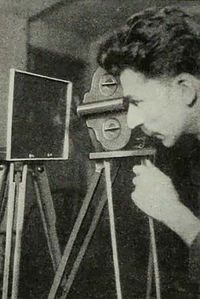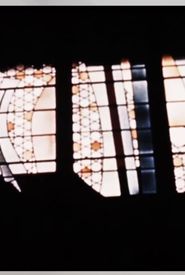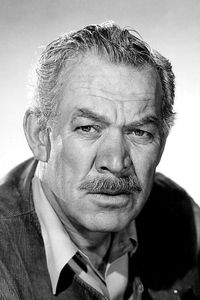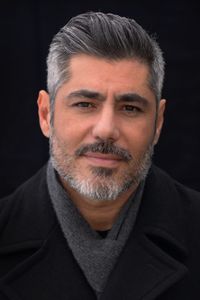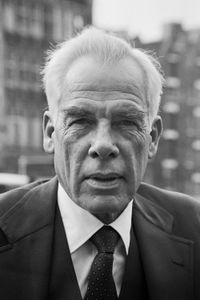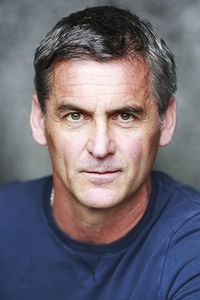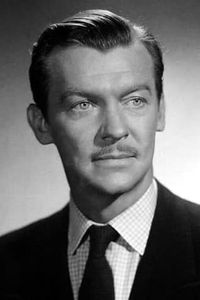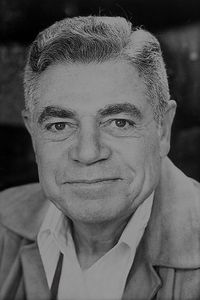Jules V. D. Bucher, a multifaceted individual of exceptional talent and versatility, left an indelible mark on the realm of American documentary filmmaking. By the dawn of the 1940s, he had already accumulated an impressive portfolio of achievements, showcasing his remarkable range and expertise. Among his notable accomplishments, he held the esteemed position of producer for the esteemed Harmon Foundation, a prestigious organization dedicated to promoting and celebrating the arts. Furthermore, he honed his skills as a photographer for the child psychology series at Yale University, where he applied his artistic vision to the pursuit of scientific knowledge. Additionally, he made significant contributions to the American sequence of Rotha's New Worlds For Old, a groundbreaking series that explored the intricacies of human societies across the globe.
Not only did Bucher engage in a plethora of creative pursuits, but he also exercised his editorial skills by overseeing the production of the film Men and Dust. Furthermore, his involvement in various other projects showcased his versatility and range as a creative individual.
As an accomplished photographer, Bucher had the privilege of capturing the world tours of the esteemed documentarian Julien Bryan. This presented a unique opportunity for Bucher to collaborate closely with Bryan on his Inter-American series, fostering a productive and fruitful partnership between the two professionals.
One of the most distinguished and accomplished directorial endeavors undertaken by the esteemed filmmaker, Bucher, was the documentary masterpiece, High Plain, released in the year 1943. This groundbreaking film served as a captivating showcase for Bucher's remarkable skill as a director, as it expertly brought to life the rich cultural heritage and traditions of the Aymara Indians.
The remarkable year of 1945 marked a significant milestone in the career of Bucher, as he embarked on a most unusual and innovative project, directing and photographing a five-minute film titled The Window Cleaner, commissioned by the O.W.I. Overseas news-reel. This remarkable film stands out as a rare and notable exception to the prevailing tone of American documentary filmmaking, which was often serious and somber, as it presents a refreshingly lighthearted and humorous portrayal of a day in the life of a mild, elderly workman who, in a most unconventional and daring manner, hangs from the imposing facade of the iconic Empire State Building to meticulously clean the windows.
**Next Person Biography**
Please provide the name of the person you would like to learn more about, and I will do my best to provide a brief biography.
Unlike many official government documentaries that frequently adopted a pompous tone, The Window Cleaner took a distinct approach, focusing on a specific aspect of the American landscape and permitting it to convey its own message, free from the constraints of editorializing. This unorthodox methodology not only contributed to the film's comedic undertones but also served as a welcome departure from the typical conventions of government documentaries, offering a refreshing and unique viewing experience.
